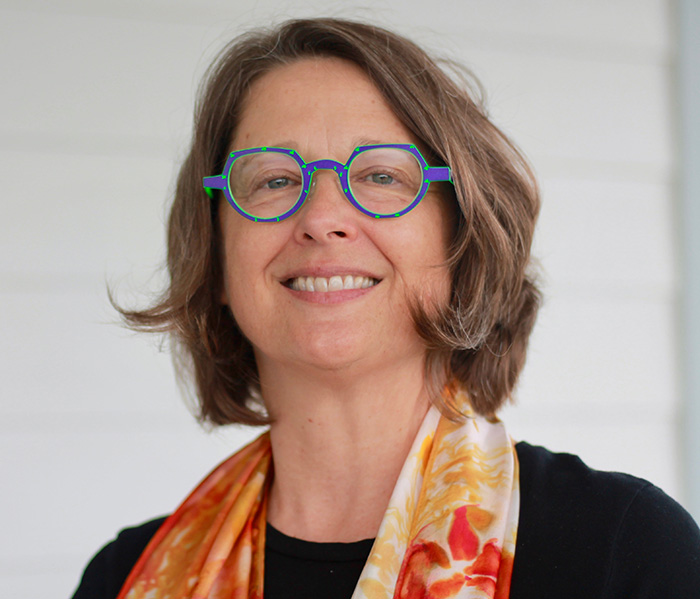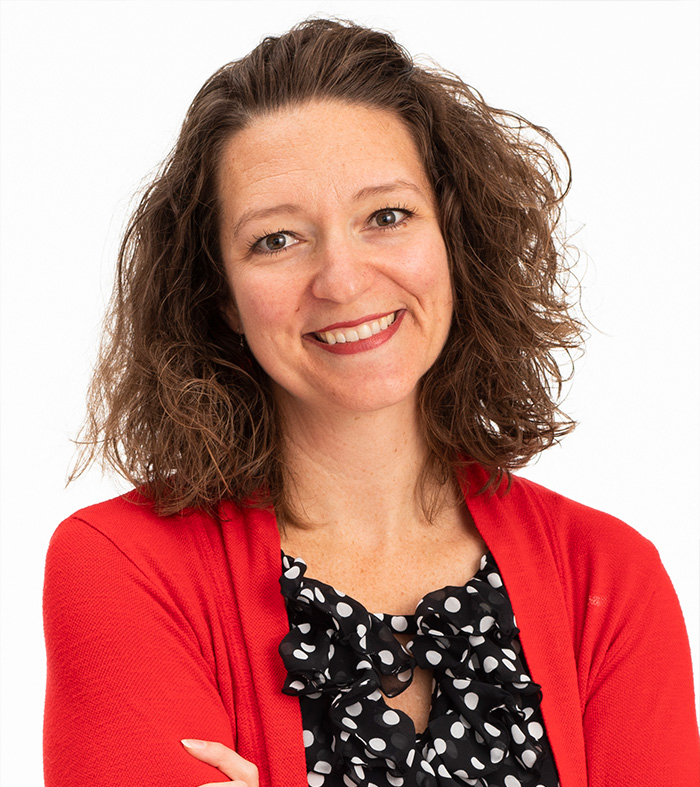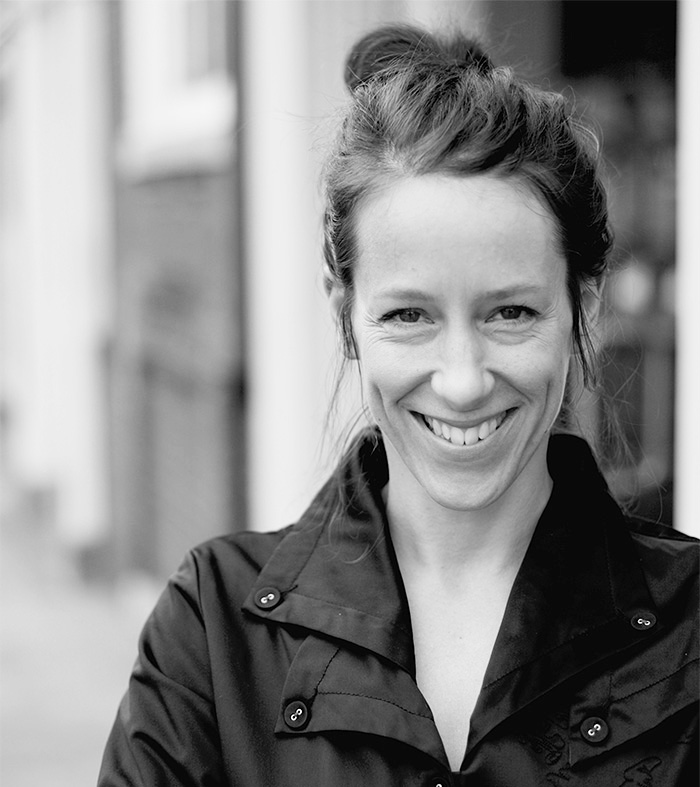 | 1 LU / HSW |
 | 1 LU / HSW |
Drawing on examples of human resilience, this panel of diverse educational planners, designers, and researchers highlights synergistic concepts for designs that anticipate and invite interaction, inclusivity, and holistic health interventions. The health of a child includes their physical, emotional, and behavioral well-being. These factors encompass how children think, feel, act as well as how they handle stress and social situations. Mental health and wellness collectively impact a student’s cognitive functionality and therefore have a profound impact on schools, educators, and communities. A culture of health in schools drives a higher degree of awareness around choice and individuality which leads to frameworks of equity and belonging as well as poses questions on how perceptions of an environment dive daily norms, habits, and routines. Thought the narrative and audience interaction, knowledge will be shared about applications for comprehensive health strategies and how to empower students and educators to be agents of change throughout the design process and in their community post-occupancy. The value of this session is that it helps participants understand a holistic approach to culturally healthy facilities and wellness strategies for applications in existing and new learning environments.
Learning Objectives:

Kelsey is a designer, activist, and leader who is experienced as an educational design professional with an emphasis on education and wellness. Her visions for the future of architecture involve strongly embedded ideologies on designing for equity in the built environment. Through nationally recognized research, she’s an expert on how health and wellness can be implemented for positive change within communities. Kelsey utilizes her passion to design stimulating, future-focused learning environments for Legat Architects.

Robin is leader of the national PreK-12 Education practice at Legat Architects. She connects personally to each project ensuring the design of every learning environment supports diversity and engages students in a culture of inquisitiveness. Robin's 35 years of experience includes designing and planning award winning educational centers from early learning, elementary, middle, high school including specialty learning environments. Her current research is on How Building Teach Kindness.

Dr. Rider is Assistant Professor of Architecture at North Carolina State University’s College of Design. She is an Interdisciplinary Research Leaders Fellow with the Robert Wood Johnson Foundation working to advance health and equity toward RWJF’s Culture of Health. Her research focuses on how the built environment can increase positive health outcomes, framing the built environment as a health intervention. She has two books with W.W. Norton on green building guidelines and green materials, and another with Routledge on building for well-being. She teaches courses focusing on sustainability and beyond, addressing existing buildings and operations, the WELL Building Standard, and Living Building Challenge.

Dina is Founder and Design Director of d.studio, an interdisciplinary design practice established in 2020. An award-winning designer, planner, and author, Dina is the current co-chair of the American Institute of Architects Committee on Architecture for Education [AIA-CAE] Research Subcommittee and co-founder of the publication Dialogues: The Intersection of Emerging Research & Design for Learning published annually by Learning by Design Magazine and partners AIA-CAE Foundation, V/S, and Shaw Contract.
The built and natural environments have profound impacts on our behaviors both for better and worse. How do we cultivate a sense of place for better? How might the built and natural environments be made to enhance teaching and learning? How might school buildings and grounds foster a sense of community by reflecting those they serve?
Primary Core Competency
Design of Educational Facilities: Acts as a resource to the design team in providing ongoing guidance and support to ensure that the emerging and ultimate design aligns with the established community vision, education goals, future programming, written design standards, best/next practices and education policy.